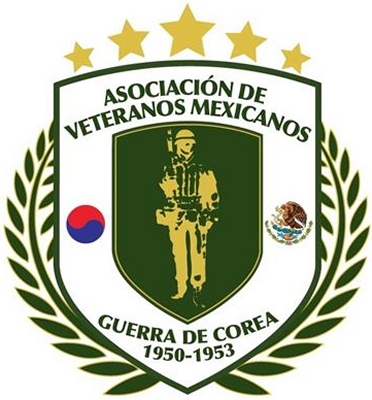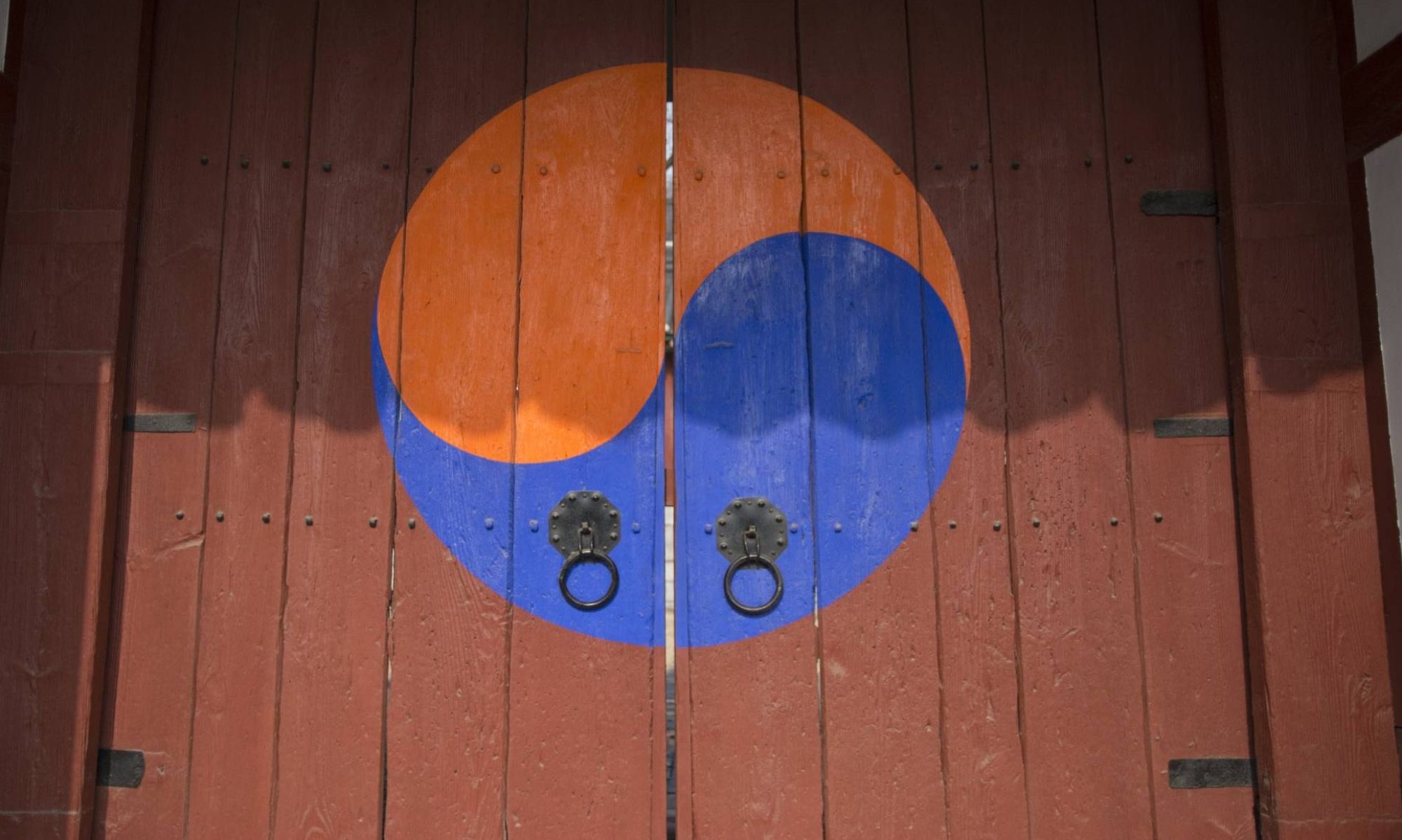Mexicans and Mexican Americans in the Korean War
There has always been a large population of individuals of Mexican descent living in the American south-west. During World War II, the United States faced a critical manpower shortage, so it negotiated a series of agreements with Mexico focusing on the recruitment of Mexican labor to perform mainly agricultural jobs but also some railroad work. An executive order titled the “Mexican Farm Labor Program” established the Bracero Program in 1942. It permitted the legal crossing of approximately 4.5 million workers into the United States from 1942 to 1964. (Bracero is a Spanish word meaning ‘manual laborer’.)

The participation of Mexicans in the Korean War was facilitated by an Agreement between Mexico and the United States Regarding Military Service by Nationals of Either Country Residing in the Other’s country. These agreements were placed in force through an exchange of diplomatic notes signed by Ezequiel Padilla (1890–1971), Secretary of Foreign Affairs of Mexico, and Herbert S. Bursley, Chargé d’Affaires of the United States in Mexico. The agreement was effective from January 22, 1943, to October 28, 1952; it was not renewed after that date. The agreement was negotiated after Mexico declared war against Germany and the Axis countries, and it allowed recruited Mexicans in the United States military not to lose their Mexican citizenship.1 The agreement stipulated that “the nationals of either country resident within the territory of the other may be registered and inducted into the armed forces of the country of their residence on the same conditions as the nationals thereof unless otherwise provided herein.” and without losing their nationality.
Even though Mexico joined the allied forces in World War II, during the Cold War, the Mexican government decided to follow the principle of non-intervention, remaining neutral and abstaining from aligning itself with any power. Therefore, Mexico did not participate with military aid in the Korean War. However, the Mexican government did provide humanitarian aid to South Korea in 1951 by donating $359,000 in food and medical supplies. Another form of Mexican aid to Korea was the participation of doctors in the UN campaigns to eradicate infectious diseases such as smallpox, typhus, and typhoid in the Korean peninsula. Doctors Guillermo López Nava and Gustavo A. Rovirosa were recognized for their work.
There is no official source, that specifies the number of Mexican and Mexican-descent soldiers who participated in the Korean War. Individual records of each soldier held in the archives of the United States Department of Defense indicate their place of birth. However, inconsistencies have been found in these records, resulting in the fact that there will never be an accurate count. During that time, there was a racial classification system used on the recruitment files. However, there was no specific classification for them, so most Mexicans or their descendants were registered as “Caucasian”.2 Some Mexicans Americanized their names, making it difficult to identify their origin. The only thing that can be said with any certainty is that “more than 100,000 Mexicans and Mexican Americans participated in the War”. The non-profit organization ‘Latino Advocates for Education’, in Orange, California, after years of research estimated by extrapolations of lists of soldiers that more than one hundred eighty thousand Hispanic soldiers participated in the Korean War. According to figures from the Department of Defense, about 61,000 were from Puerto Rico. Broadly speaking, two-thirds of the Hispanic soldiers in the Korean War were of Mexican origin and a third were from Puerto Rico. According to death records in the United States National Archives, 3,734 of a total of 36,574 casualties were of “Hispanic or Latino” origin. This number represents just over 10% of US casualties. Considering that 734 Puerto Ricans lost their lives, and following the proportions indicated above, two thirds of the casualties, or approx. 2,400 casualties, were of Mexican origin.
According to the laws of the United States, every person born within its territory is automatically an American citizen. Therefore, every Mexican child born in the United States had the right to both nationalities. If they wanted to maintain their Mexican nationality, they had to decide when they reached the age of majority, which at that time was 21 years old. In the United States, military service was compulsory upon reaching the age of 18. Young people of Mexican origin born in the United States had the possibility of crossing the border to Mexico to evade the obligation to fulfill their mandatory military service and serve in the Korean War. However, the vast majority chose to stay in the United States.3
In the case of Mexicans born in Mexico and who were in the United States for any given reason, enlistment in the army was not mandatory. However, some Mexican nationals or their sons who were here under the Bracero Program were forced to enlist.
Most of the volunteers enlisted with the hope of obtaining the US citizenship at the end of their three-year military conscription, including those who had illegally entered the United States. At the time, the granting of nationality, to foreigners who concluded their military service with an honorable discharge, was almost automatic.
Some Mexican and Mexican American soldiers have been recognized for their performance during the Korean War. They received some of the highest decorations from the United States government. Among the decorations received, fifteen Congressional Medals of Honor were awarded to Hispanics, ten of them to Mexican Americans, and five Navy Crosses. It is estimated that the Distinguished Service Cross was awarded to 37 Hispanics and the Silver Star to about 498 Hispanic soldiers.
Recognition from the Republic of Korea
The South Korean government has also recognized these soldiers and given decorations to some of them. In July 2020, the Embassy of Korea in Mexico launched the campaign “Search for Mexican Veterans of the Korean War” through the media. To every veteran found by the Ministry of Patriots and Veterans Affairs, he or his family member, was presented with the Ambassador of Peace Medal.
On June 28, 2022, the Korean Minister of Patriots and Veterans, Park Min-shik, inaugurated the exhibition “Mexicans and Mexican Americans: The Forgotten Soldiers of the Korean War” located on the third floor of the Korean War Memorial Museum. It was the first time that Mexican veterans had been invited to Korea under the “Revisit Program”, 재방한 프로그램 (Commonly called the ‘Revisit Korea Program’).4
Beginning with the American Civil War, there have been sixty-one (61) men of Hispanic heritage have been awarded the Medal of Honor.
Footnotes:
- According to the Article 37 of the Political Constitution of the United Mexican States, being recruited by another country is a cause for loss of Mexican citizenship.
- The United States Department of Veterans began to use the classification of “Hispanic” or “Latinos” after the Korean War.
- The Mexican government did not recognize dual citizenship until 1998.
- Every year, about 200 people are invited to Korea. Since the beginning of the program in 1975, 34,000 UN Korean War veterans and family members have been invited through this program.
